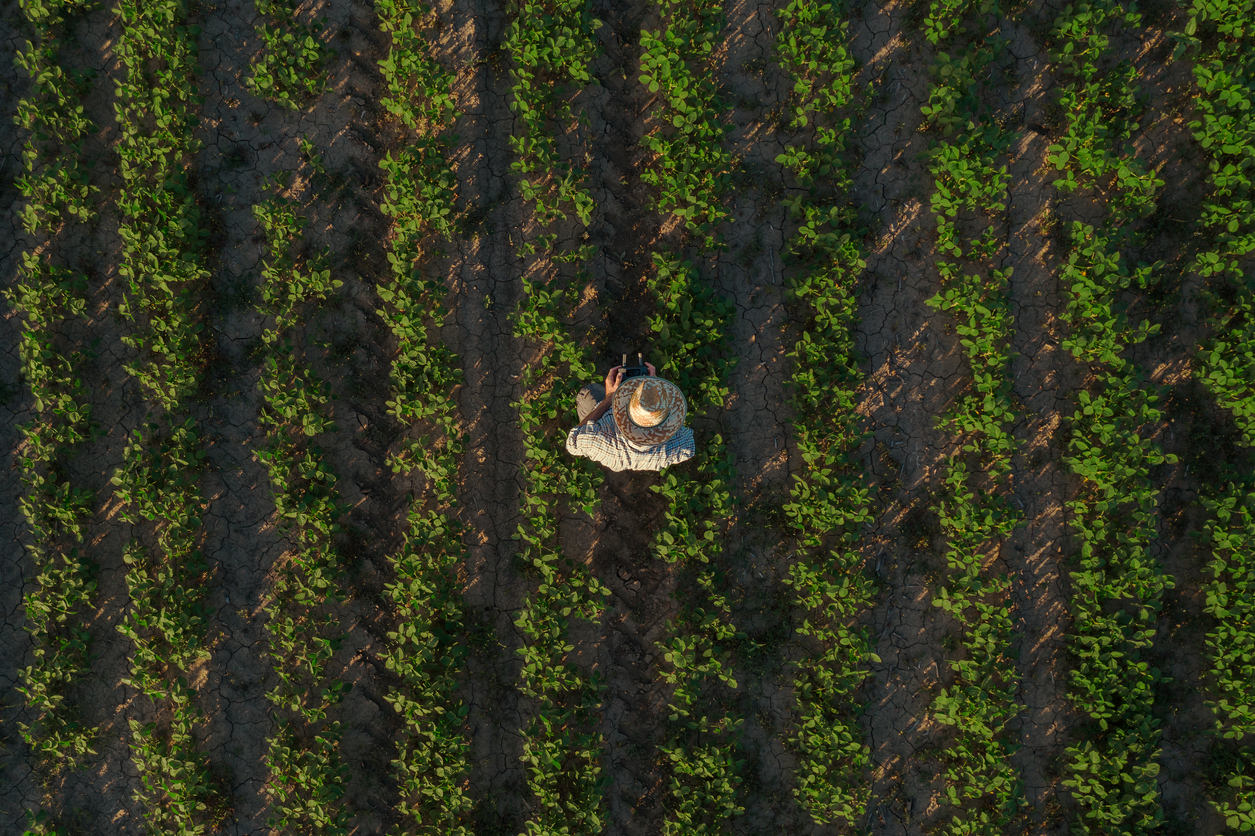By law, food manufacturers must prevent anyone who is sick or has a communicable disease from handling, processing or preparing food for human consumption. But much of the food supply chain is staffed by low-wage workers, many of them undocumented immigrants with limited ties to health services.
The Pew Research Center has estimated that about one quarter of U.S. farm workers are undocumented. A U.S. Department of Labor survey estimated that the share of field workers who are undocumented is closer to half. The food processing industry also has high numbers of undocumented workers, as do many of the nation’s smaller grocers and fast-food restaurants.
Immigrant farming communities are often close-knit, with laborers living and working in close proximity. As the California-based Western Growers Association states, “Social distancing is difficult or perhaps impossible in certain settings such as harvesting, transport (of workers) and housing.” One California grower told National Public Radio that if the coronavirus penetrates the agricultural community, “it will spread like wildfire.”
California, the nation’s largest agricultural state, moved early against the virus. It was the first state to order residents to stay home, on March 19. For now, Covid-19 deaths in California are growing at a slower rate than in New York, doubling every three or four days in California instead of every one or two. But farm workers, like those who work processing chickens or stocking grocery shelves, can’t work from home.
Moreover, undocumented workers are at “high risk” of being uninsured, according to a Kaiser Family Foundation report. And uninsured workers are less likely to visit a doctor or health clinic when sick, or to have a regular source of medical care.
Fruit and vegetable farmers, in particular, have complained of labor shortages in recent years. The farm workforce is aging, the work is hard and, until the coronavirus outbreak, unemployment was low. President Donald Trump’s immigration policies have further reduced the supply of labor while also making it more precarious for immigrants to get access to public health services. Robots are not coming to the industry’s rescue anytime soon.
There is no shortage of food in the U.S. — and there very likely won’t be. Food is grown in all 50 states and Puerto Rico. But the logistical miracle that is the U.S. food supply chain is already stressed by panic buying at grocers and a huge disruption of markets, including thousands of suddenly closed restaurants. (It’s not easy to reroute to markets food that was previously destined for restaurants.) The supply chain could be further undermined by outbreaks of coronavirus among agricultural workers.
The Trump administration last week eased rules on foreign agricultural guest workers. It says it has suspended immigration arrests at hospitals, though it’s not clear that the announcement will ease the anxiety of undocumented immigrants. Rural hospitals will get assistance from the rescue package that Congress passed last week.
But such actions will hardly fill the gaps in production and distribution if coronavirus sweeps across the farm sector. “It could have a devastating effect on the ability to produce food,” Dale Moore, executive vice president of the American Farm Bureau Federation, told me.
While farms are taking safety precautions, encouraging social distancing and better hygiene, there’s little contingency planning for labor in the event of significant outbreaks. How would labor — including skilled work — be replaced? “What exactly that looks like,” Moore said, “is an evolving process.”













